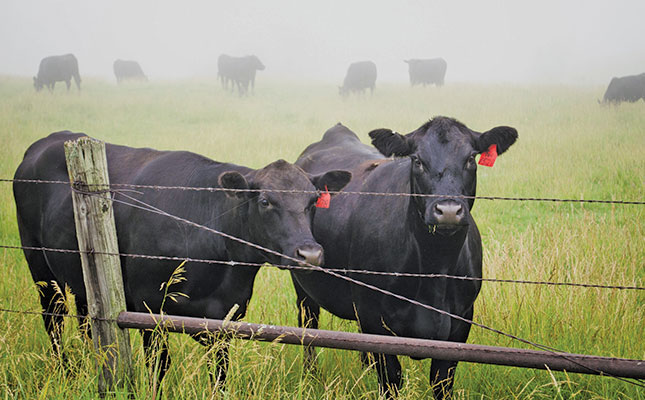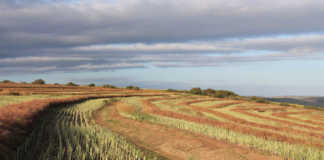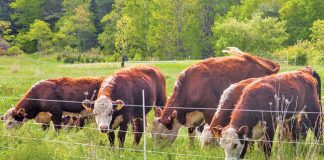
Photo: Pxhere
Fencing on farms is erected for a number of reasons, including separating the properties of different owners, keeping livestock within certain areas or out of other areas, and for security.
For the beef farmer, the following are considerations when deciding on fencing:
- Cost: Putting up fencing is very expensive. Subsequent maintenance of fences requires a great deal of time and further costs.
- Topography of the farm: For effective grazing management, it’s necessary to separate different veld types. Where a farm comprises a large spectrum of different veld types, especially where the relevant veld types differ significantly in palatability, more fencing has to be erected compared with a farm where there is little or no variation.
- Type of livestock: What the farmer intends keeping, livestock numbers and herd sizes.
- Labour: A farmer could decide to fence walking passages along which herds can be moved by a single person.
Experience has shown it’s better to erect less fencing than what is indicated by the initial farm plan. Instead, adapt herd sizes and herd management to paddock sizes.
Cattle, through their grazing habits, will very soon indicate where additional fencing is needed. When herd and veld management becomes difficult, adding one or more paddocks can be considered.
But it’s more cost-effective to start with too few paddocks and add as required, and as indicated by grazing patterns, than to start with too many paddocks.
Having many paddocks is very convenient, but adds to running costs and becomes a drain on labour when maintenance is necessary.
Straining posts
Once the position of a fence is decided, the places where straining posts will be
placed are chosen. Straining posts should not be more than 500m apart.
The fence must be pulled tightly from straining post to straining post and the line between them must be relatively straight. Siting straining posts on a crest makes it easier to strain the fence over the hill and ensures it does not sag over the rise.
Where the land dips and no straining post is erected in the hollow, steps have to be taken to fill the gap under the fence.
Standards can be 12m to 16m apart. Where they are set in the ground 12m apart, only three droppers are needed between standards. When they’re further apart, it’s better to place four droppers between standards.
Where the land is very uneven, standards should be closer together; on fairly level ground, they can be placed further apart.
Wire
For beef cattle, five strands of wire in a fence are enough. A height of 1 200mm is advised.
Although farmers usually use barbed wire, smooth wire can be used. An advantage of barbed wire is that the barbs prevent droppers from sliding.
Should cattle decide to push through a barbed wire fence, the barbs may cause damage to hides and injure the animals, but barbed wire does not appear to deter cattle from forcing through a fence.
Straining wire too tightly causes damage to the fence when the veld under such a fence burns. Wire is strained in the heat of day during summer, and fences break when later subjected to cold.
Adequate tension in association with the correct number of droppers and standards provides a cattle-proof fence.
Gates
Herding cattle through a gate situated in the corner of a paddock is easier than when the gate is placed along a long boundary.
Placing four gates in the corner where four paddocks meet makes it very easy to move a herd from one paddock to any of the other three paddocks at the one place.
Cattle become accustomed to this exchange point and only one area is severely trampled.
Source: kzndard.gov.za











